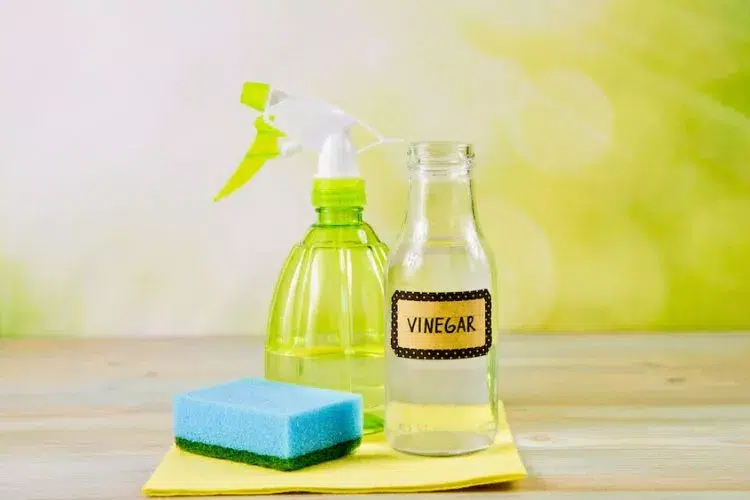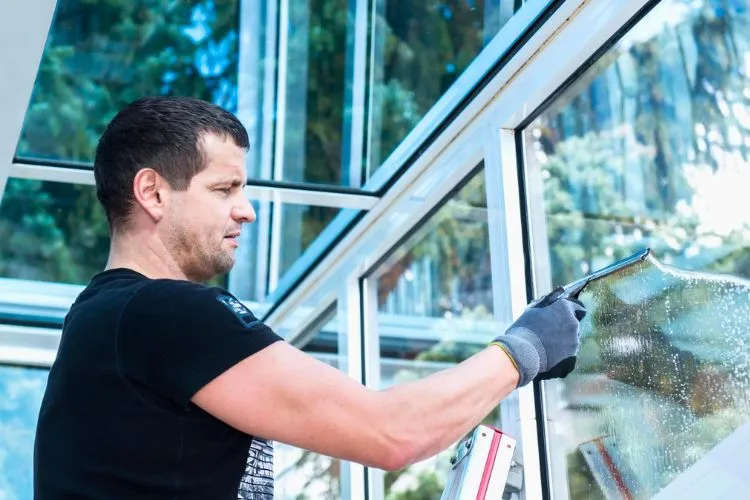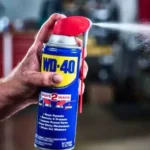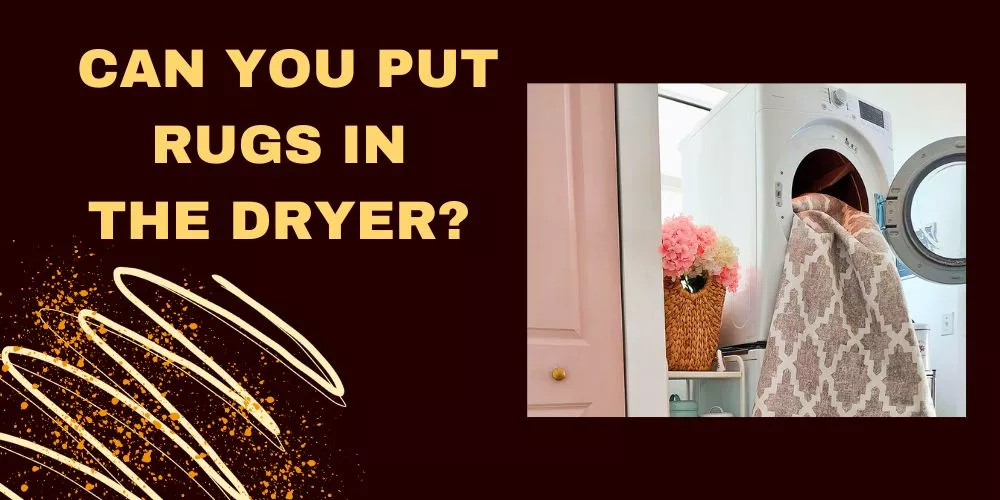Inevitable signs of wear and tear, such as oxidation, can cloud your windows and ruin their transparent beauty over time.
This article delves into an effective method on how to clean oxidized windows to restore the impressive shine of it.
Get set to eradicate oxidation’s dirty tinge from your windows with easy-to-follow steps, leveraging common household items.

Revive your windows’ pristine aesthetics, bring back your uninterrupted outdoor views and bask again in unfiltered sunlight streaming through clean glass panes.
Read on to uncover the magic of removing stubborn window oxidation.
How to clean oxidized windows?
Whether you’re dealing with slight or heft oxidation, these widely-available solutions can effectively bring back the clear character of your windows. However, ensure to use these cleaning agents as directed to prevent damage to your windows.
Cleaning oxidized windows may seem challenging, but it can be made effortless with these simple methods:
- Vinegar and Water Solution: A mixture of vinegar and water efficiently removes oxidation and restores the window’s clarity.
- Dish Soap and TSP (Trisodium Phosphate): This is another effective method used to clean house windows with oxidation.
- Squeegees and Other Special Tools: Utilizing tools such as rubber-edged squeegees can make the cleaning process quicker and more effective.
If you’re looking for something quick and convenient, consider using a commercial window cleaning product. These solutions are designed specifically to dissolve stubborn grime, oxidation, and other forms of buildup on your windows.
Many of these products come in a spray or squeeze bottle, making them easy to apply directly to the affected areas.
Some top-rated options on the market include:
- Windex Outdoor All-In-One Window Cleaner – Touted for its versatility, this product is pre-mixed in a spray bottle for easy application.
- Rejuvenate Outdoor Window Spray & Rinse Cleaner – This readily biodegradable, non-toxic formula cleans windows without requiring scrubbing.
Method 1: Vinegar and Water Solution
here’s a step-by-step guide on how to clean oxidized windows using a vinegar and water solution:

Materials Needed
- Distilled white vinegar
- Water
- Spray bottle
- Bucket (optional)
- Sponge or soft cloth
- Rubber gloves
- Safety glasses
- Ladder (if necessary)
Procedure
- Safety Preparations: Wear your gloves and safety glasses for protection. Ensure the ladder is firmly placed if you need to reach high windows.
- Prepare The Solution: Make a 50-50 solution of water and distilled white vinegar. A common recipe is 1 cup of vinegar for every 1 cup of water. Pour this mix into your spray bottle. For larger-scale cleaning, use a bucket.
- Apply The Solution: Spray the vinegar-water solution directly onto the oxidized portions of the window. For larger windows, you could dip your sponge or cloth in the bucket filled with the vinegar solution and apply it to the window.
- Let It Sit: Allow the solution to work on the oxidation for about 10-15 minutes. This break is called ‘dwell time,’ which allows the vinegar to dissolve the oxidation.
- Scrub Gently: After waiting, use your sponge or soft cloth to gently scrub the window, paying particular attention to the oxidized areas.
- Rinse Thoroughly: Rinse the window with clean water, ensuring all vinegar solution is removed. It’s critical to rinse well as any leftover vinegar can attract dust and dirt.
- Dry: Use a clean, dry cloth to wipe away any excess water to avoid streaks and water spots. For an extra shine, buff the area with a microfiber cloth.
Remember, you may need to repeat this process for heavily oxidized windows. Always ensure to clean on a mild day to avoid the solution drying too quickly, which can leave streaks.
Method 2: Dish Soap and TSP (Trisodium Phosphate)

Materials Needed
- TSP (Trisodium Phosphate)
- Dish soap
- Warm water
- Bucket
- Rubber gloves
- Safety glasses
- Sponge or soft cloth
- Ladder (if needed)
Procedure
- Prepare the Cleaning Solution: In a bucket, mix one gallon of warm water, one tablespoon of TSP, and a half cup of dish soap.
- Safety Preparations: Always remember to put on your gloves and safety glasses before you start cleaning.
- Scrub the Window: Using a sponge or soft cloth, scrub the window with this solution. Pay extra attention to heavily oxidized areas.
- Rinse and Dry: Rinse the window thoroughly with clean water to remove all residue. Use a squeegee or clean, dry cloth to dry the window and prevent streaks.
Method 3: Squeegees and Other Special Tools
Squeegees are very effective, and they help remove cleaning solution and water without leaving streaks. Thus, they’re especially useful for large or hard-to-reach windows.

Procedure
- Apply Your Chosen Cleaning Solution: Spray or wipe your preferred cleaning solution onto the window.
- Use the Squeegee: Pull the squeegee down in a straight stroke, starting at the top of the window. Repeat this motion across the entire window.
- Wipe the Squeegee: After each stroke, use a clean, dry cloth to wipe the squeegee blade clean.
- Dry the Window: Finally, use a clean, dry cloth to wipe off any remaining water or cleaning solution around the edges of the window.
Remember to clean your squeegee thoroughly after each use to prolong its life and ensure streak-free windows.
frequently asked questions (FAQs)
What causes oxidation on windows?

Oxidation on windows primarily occurs due to exposure to the elements over time. The glass reacts with oxygen and sunlight, leading to a dull, chalky, or cloudy appearance. This oxidation process can be hastened by environmental pollutants, harsh weather conditions, and the presence of moisture, which promotes chemical reactions.
What is a home remedy for oxidation?
A simple and effective home remedy for cleaning oxidation off windows is a solution of equal parts distilled white vinegar and water. This mixture, applied to the oxidized areas and left to sit for approximately 10-15 minutes, effectively dissolves oxidation. Afterward, the window can be scrubbed gently and rinsed with clean water.
Is WD-40 good for oxidation?

Yes, WD-40 is effective at removing oxidation. It is a versatile product that can be used to break down tough grime, dirt, and oxidation on various surfaces including metal and glass. However, because it’s oil-based, care should be taken not to leave residue which can attract dust. Always follow with a soapy water clean to ensure a streak-free finish.
What cleaner removes oxidation?
Several cleaners can effectively remove oxidation. One common option is a mixture of vinegar and water. Commercial cleaners containing oxalic or phosphoric acid, such as Bar Keeper’s Friend, can also be very effective. Alternatively, a solution of warm water, TSP (Trisodium Phosphate), and dish soap can deliver a powerful oxidation-busting clean.
What is the best product to remove oxidation?

The best product largely depends on the severity and location of the oxidation. For light oxidation, a homemade solution of vinegar and water can be effective. For heavier oxidation or commercial cleaning, products such as WD-40, CLR, or Bar Keeper’s Friend are popular options. Always follow the manufacturer’s instructions for best results.
What are the three ways of preventing oxidation?
Preventing oxidation mainly focuses on reducing the window’s exposure to contributing factors. First, ensure regular cleaning to remove dust and pollutants that can accelerate oxidation. Second, consider using window covers or UV-protective films to limit sunlight exposure. Lastly, sealing the windows properly can prevent moisture penetration, thus reducing the likelihood of oxidation.
Conclusion:
dealing with oxidized windows might seem daunting initially, but with the right tools and techniques, it’s entirely manageable. Regular cleaning using simple home-based remedies like vinegar, baking soda, or commercial cleaners can leave your windows sparkling and free from oxidation.
This not only improves your home’s aesthetic appeal but also prolongs the windows’ lifespan. Remember, consistency is key to maintaining a healthy window surface. Preventive measures and timely interventions can keep your windows gleaming and oxidation at bay.


